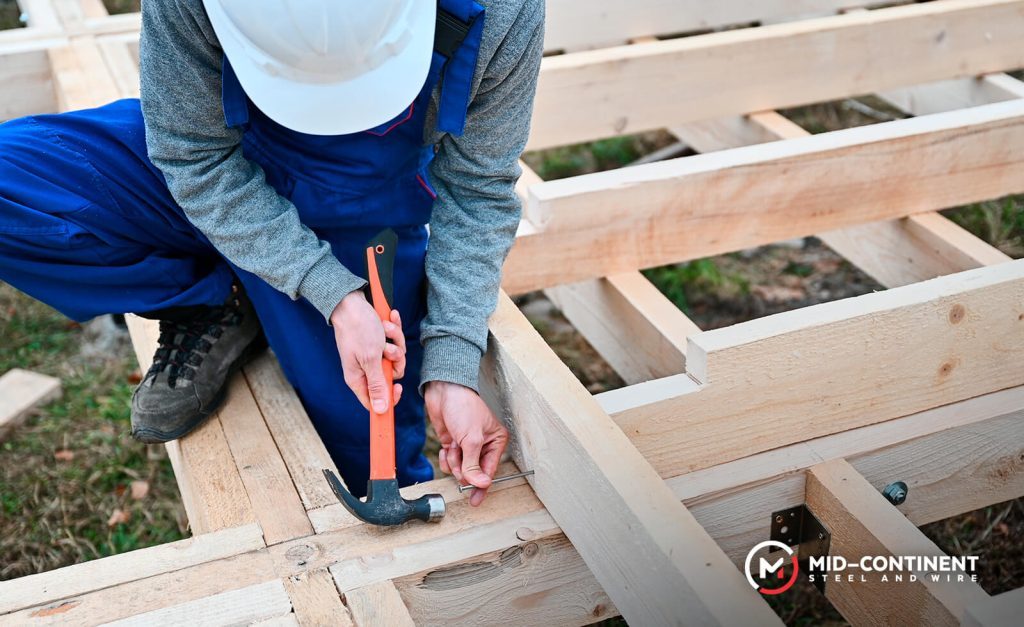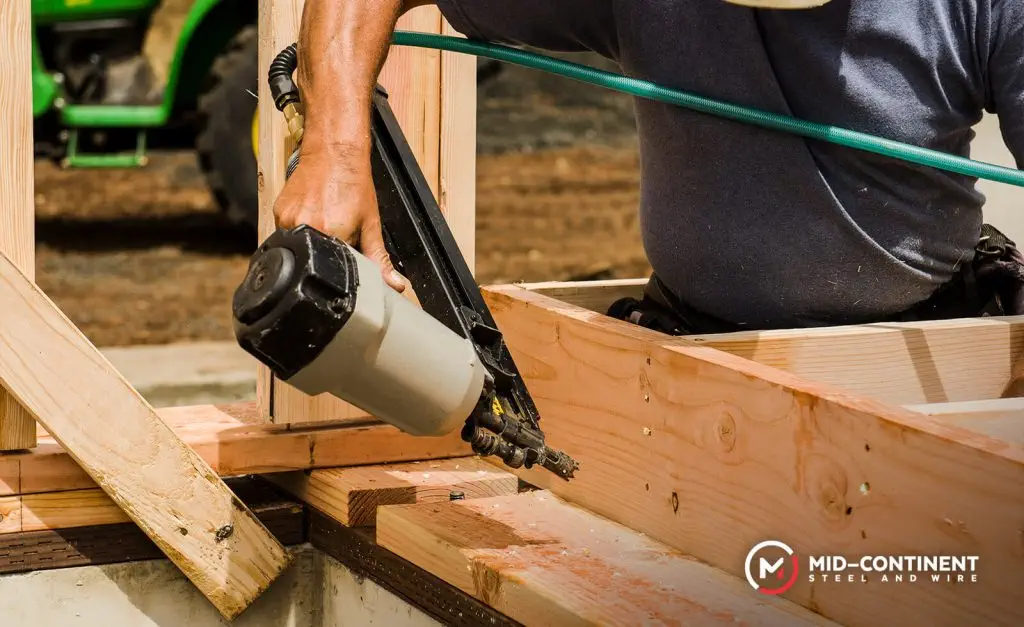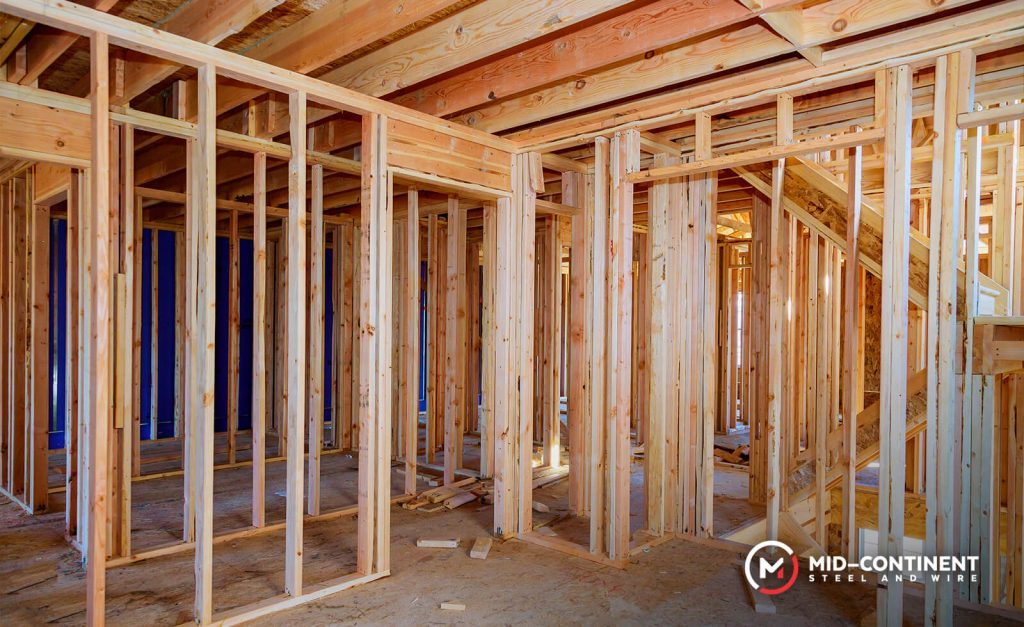
A very common question that arises before starting on construction, when having to choose one over the other it isn’t always clear cut. Understanding the pros and cons of these popular fasteners is fundamental when choosing the right solution for your home improvement and woodworking projects.
Let’s examine the different characteristics on screws vs nails for framing, to help determine the best application for your next construction endeavor.

Nails vs Screws: Factors to consider before starting your project
1. Type of project and tools required: Nails are often used for large scale projects, such as house framing and hardwood floors. This is because they are typically stronger and more affordable than screws. Another reason is, most nails have smooth heads and shafts, they can easily be installed with a hammer or nail gun.
Screws, however, are the normal choice for smaller projects, since they provide more control when inserting and extracting. There are many screw types in the market and each require more effort of installation than the blunt force of hammers. Electric power tools can make the job easier and quicker.
2. Flexibility under pressure: Nails are usually preferred when securing plywood sheathing for exterior walls, hardwood floors, framing, and carpentry. Box nails have a thinner shaft that can prevent wood from splitting when hammered in. Brad and finishing nails are great for detailed work.
Screws, on the contrary, are popular for temporary structures of smaller projects, like installing hinges. Screws are also good for mounting hardware and joining furniture parts. Because screws cause less vibration upon insertion, they’re preferable when working with more delicate materials like plaster and drywall.
3. Sometimes they can be interchangeable: When installing subflooring or drywall, screws tend to be the preferred fastener because they are less likely to loosen and pull out. Screws also create stronger joints. Nails are not as likely to split the wood as screws. Nails can be more flexible and allow for the natural expansion and contraction of the wood, without loosening. It all depends on your project requirements.

When are nails better?
Nails are usually preferred for large projects because they can be installed quickly with nail guns and are less expensive than screws. Nails are less likely to split wood and their small flat heads are less visible than screw heads. There are some situations where trim will require more strength than a nail can provide, and in those cases you might have to require a trim screw.
When are screws more convenient?
Structural screws have replaced large nails for structural fastening. They’re better if the main concern is preventing two materials from pulling apart, deck screws are a good example.
While it is generally easier to install nails, it’s a lot easier to remove a screw. This makes them practical for temporary projects.

Conclusions
With many projects, you could use both framing nails nails and screws. However, factors such as tensile strength, shear resistance, holding power, and other building specifics might make all the difference when deciding on the best type of fastener for your construction project. Mid-Continent Steel and Wire manufactures high-quality nail and screw fasteners for strong projects and superior foundations.